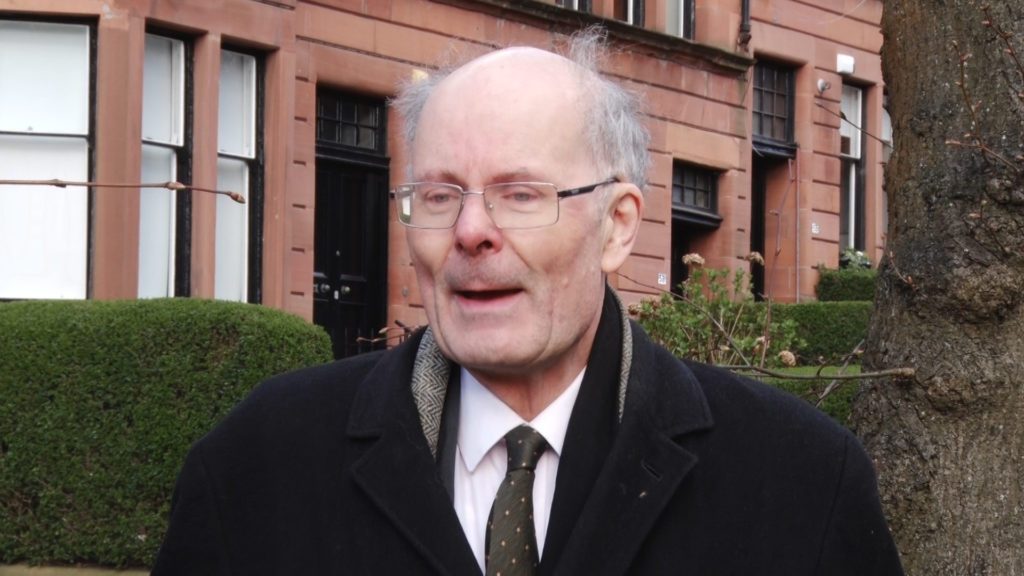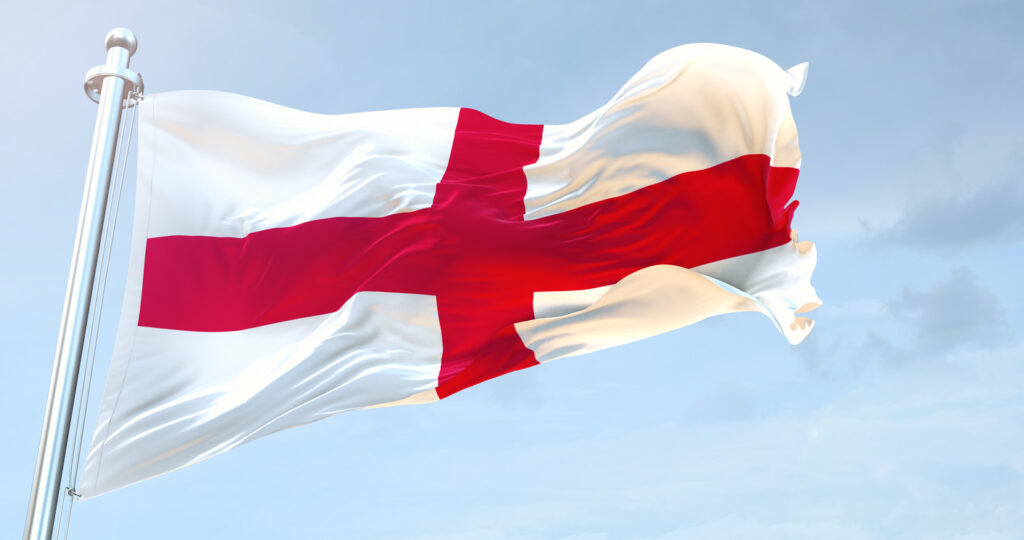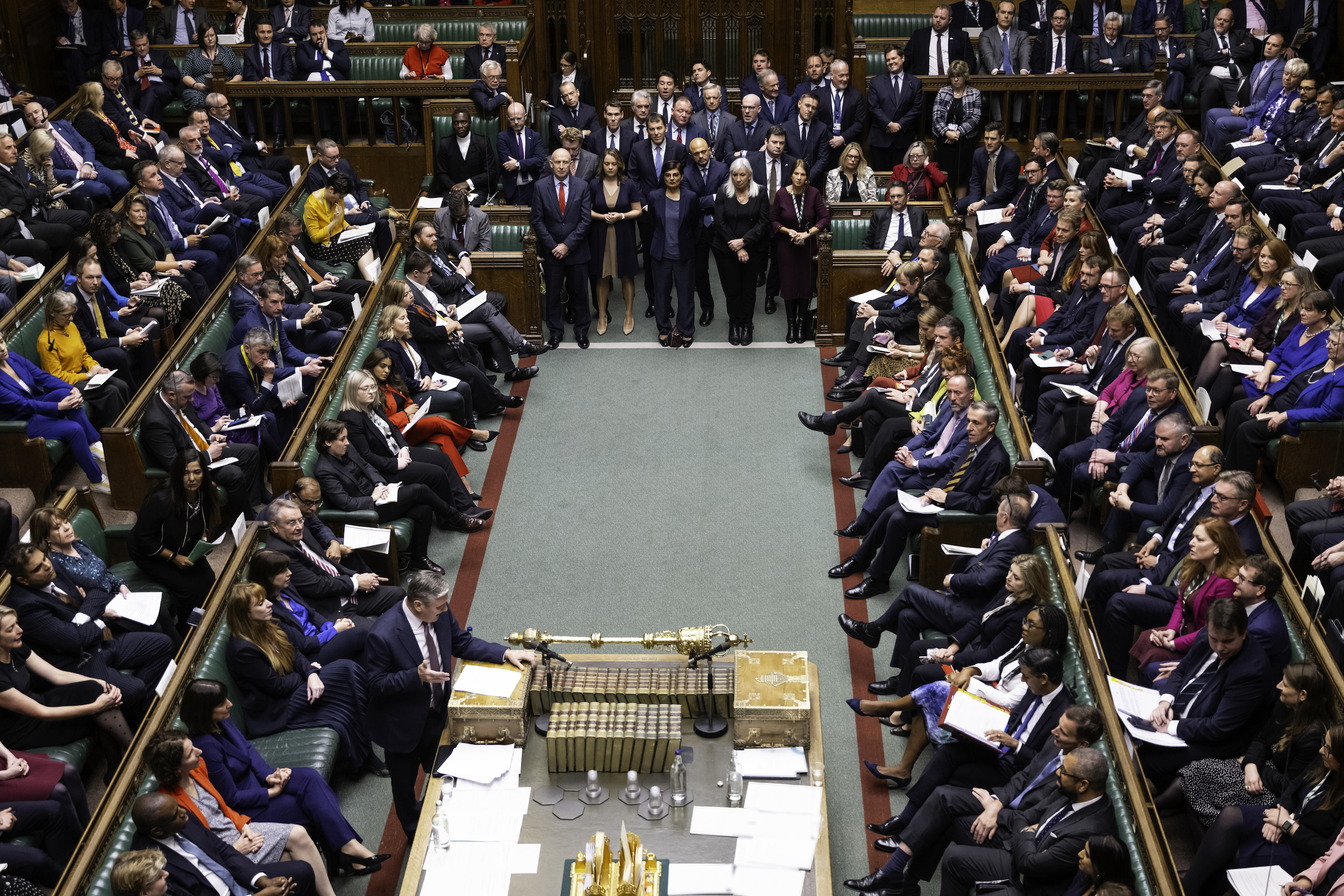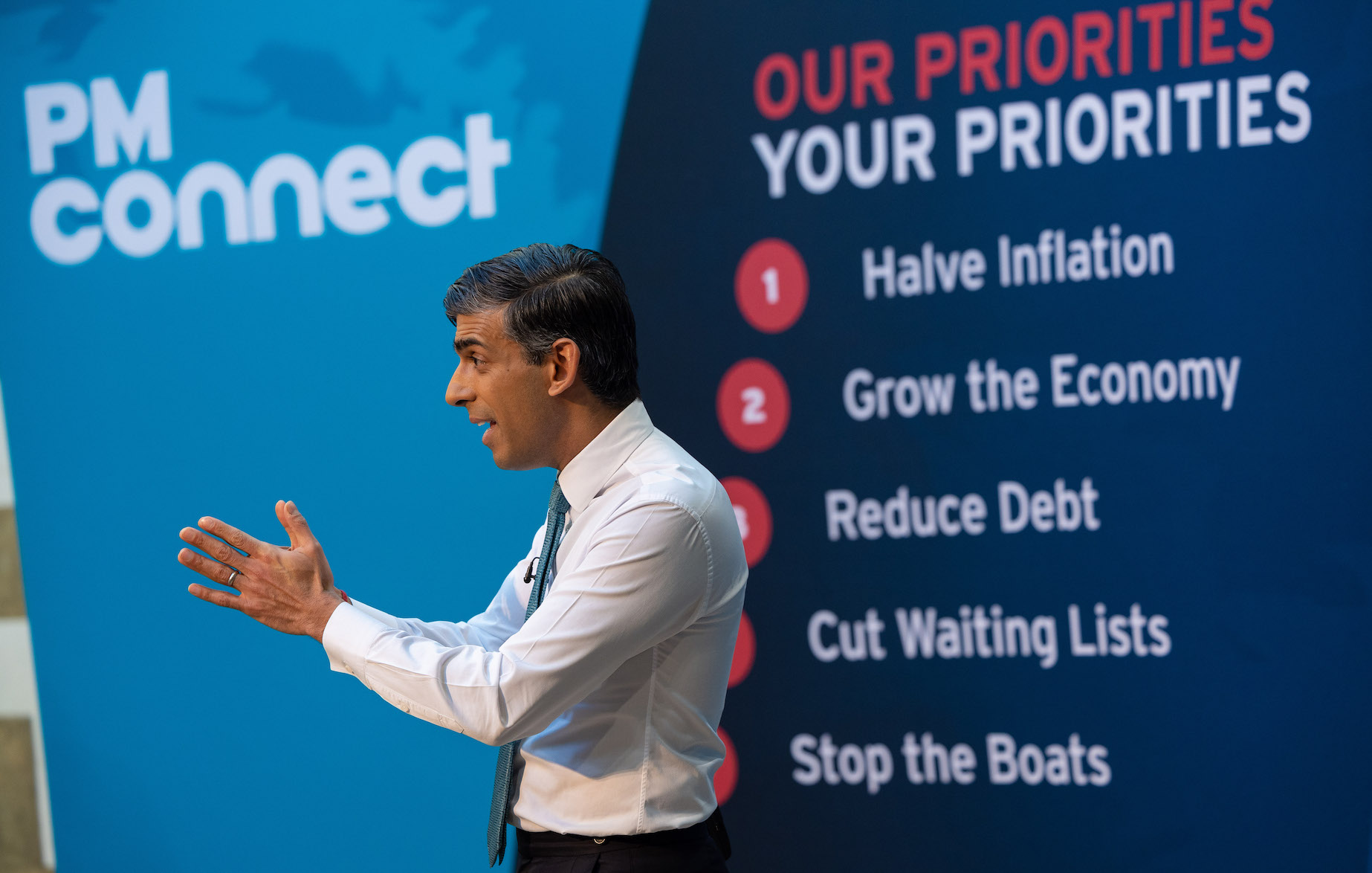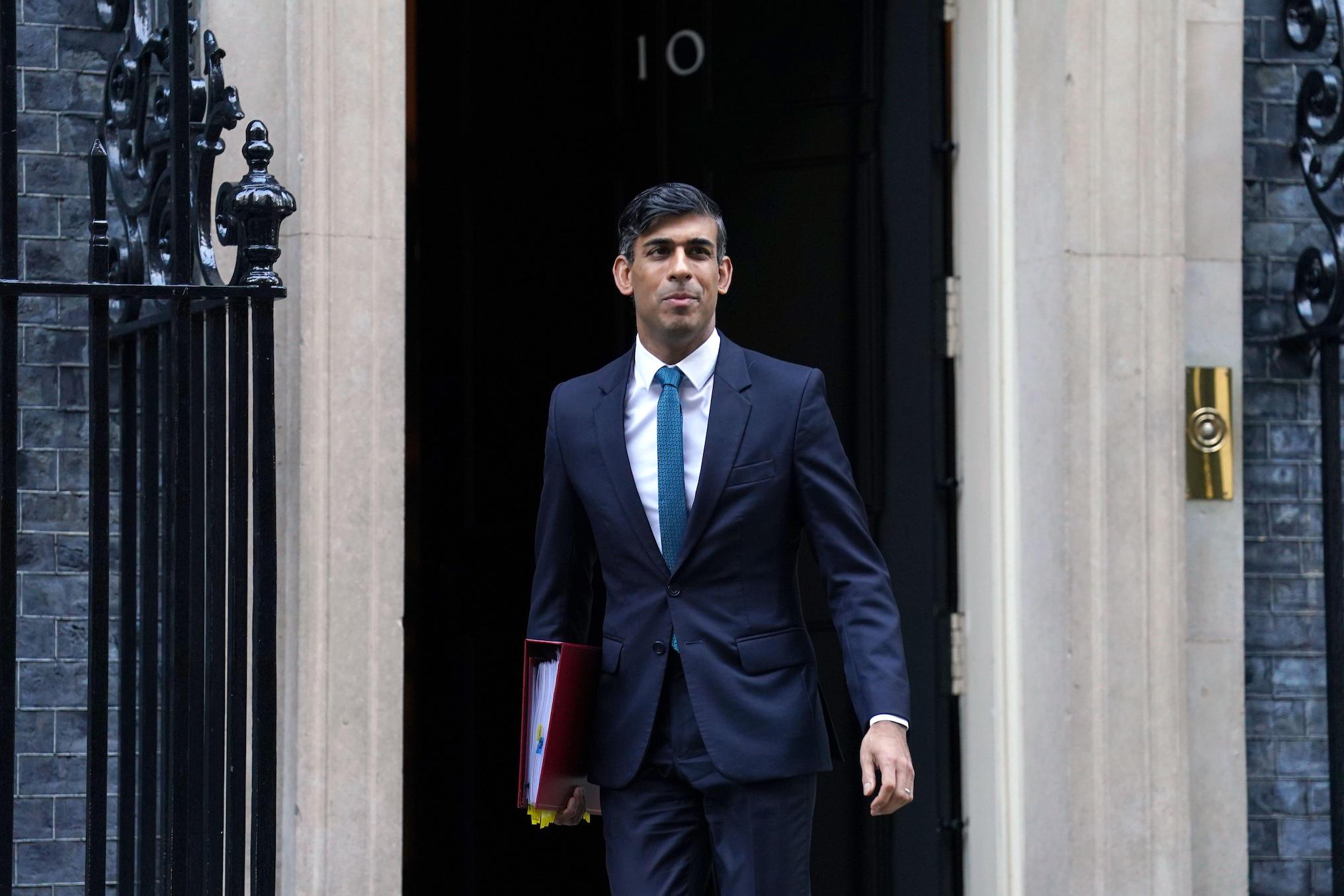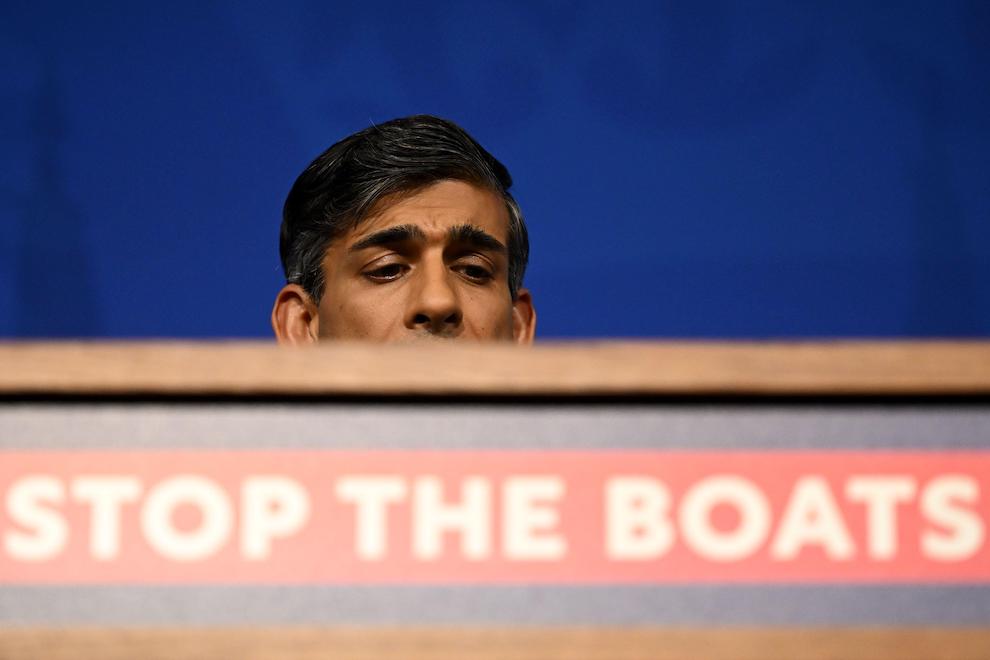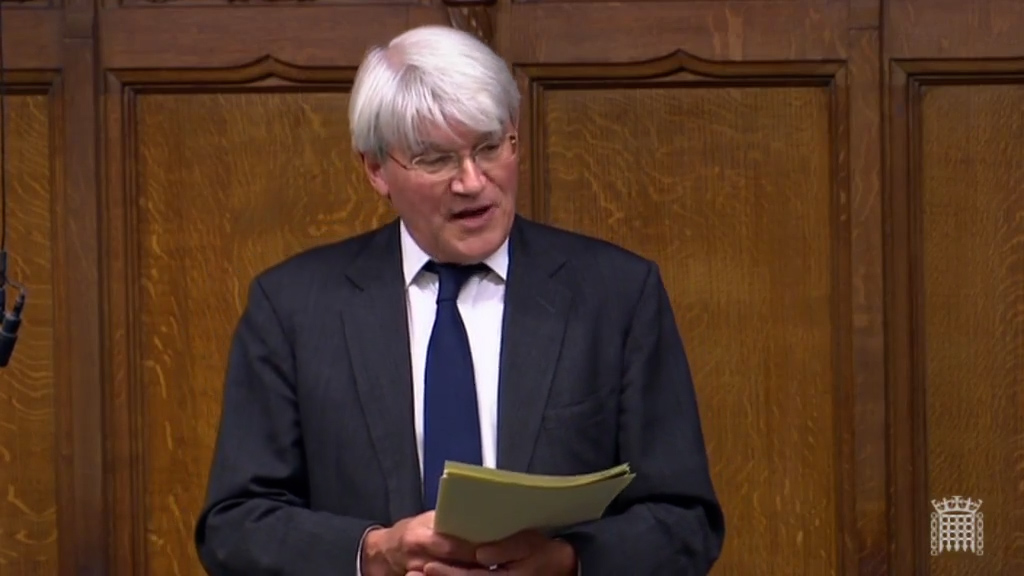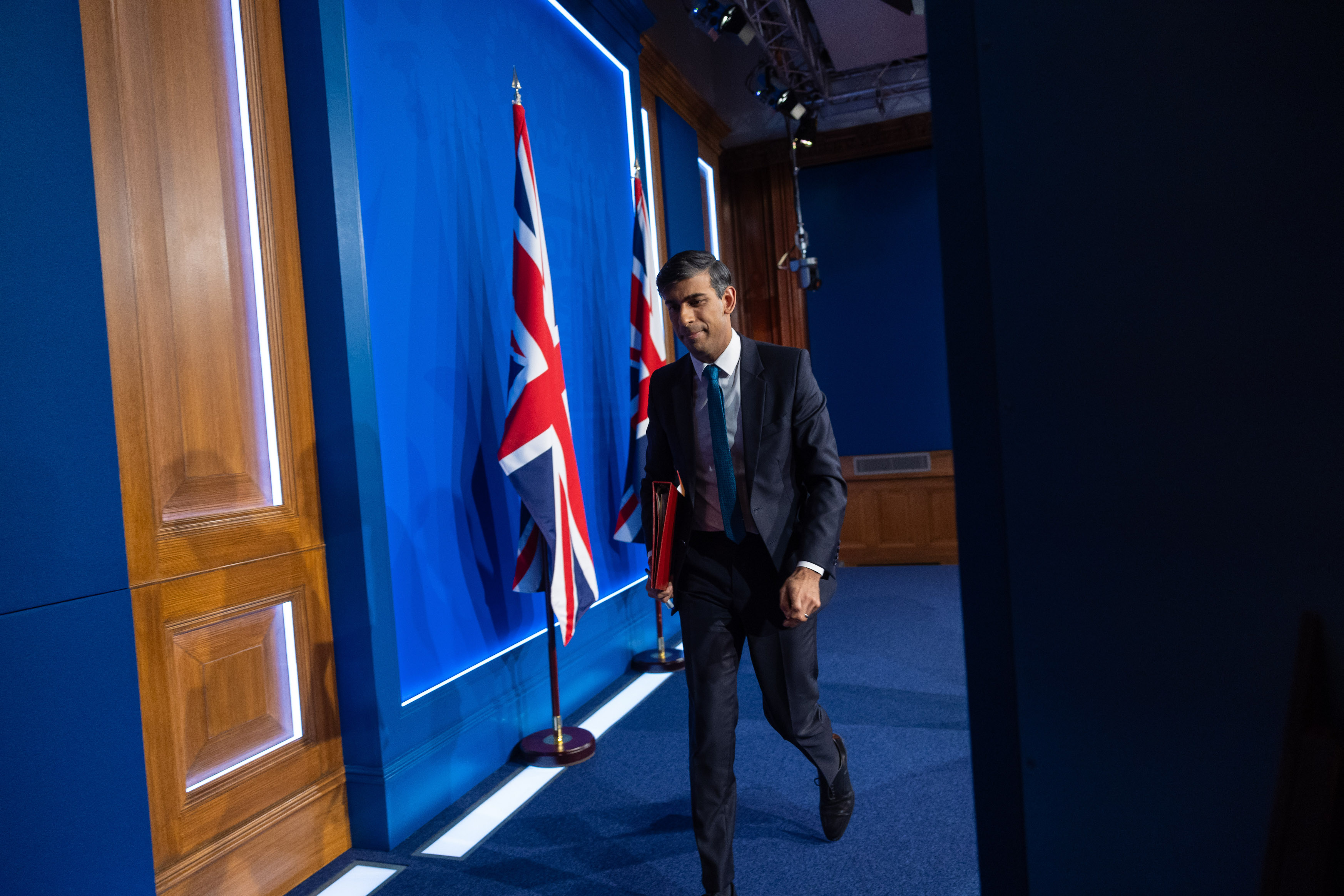What is fuel duty?
Most oils, including road fuels, are subject to excise duties. The system of duties is administered by HM Customs and Excise, and revenues are collected from manufacturers and importers of liable oil products.
Different types of oil products are subject to different rates of duty, with road fuels generally being taxed much more heavily than other oils. The majority of oils are liable on a per litre basis.
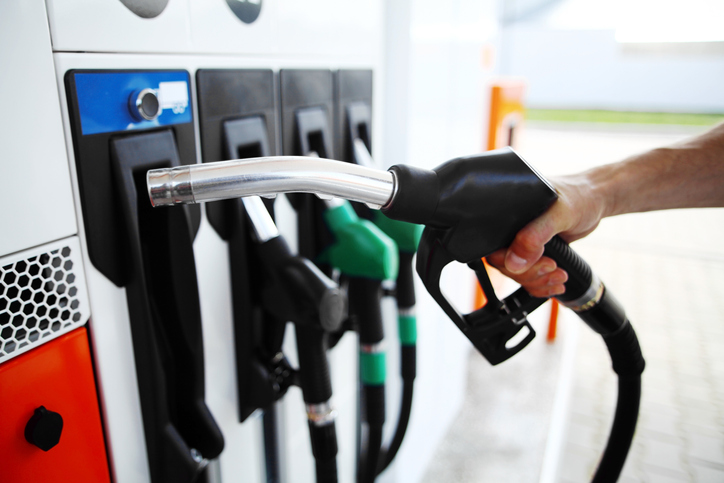
The growth in electric cars is likely to require a fundamental overall in the fuel duty regime.
The rates of road fuel duties are adjusted annually by the Chancellor of the Exchequer as part of the Budget, with changes coming into force that day under the terms of the Provisional Collection of Taxes Act 1968.
It is a legal requirement to run road vehicles on duty-paid fuels. Failure to do so can result in a fine of up to £250 plus the evaded duty, along with the risk of forfeiture of the vehicle.


Registered non-DVLA registered vehicles, which includes tractors and some other agricultural vehicles, are permitted to use rebated heavy fuel oils or gas oil, the latter known as “red diesel” because of the dye that is added to it in order to prevent it from being used in ineligible vehicles.
What is the rate of fuel duty?
The two main categories of road fuel – ultra-low sulphur petrol and ultra-low sulphur diesel – are charged duty at 52.95p per litre.
In March 2022, following the Russian invasion of Ukraine and the associated sharp rise in petrol prices, UK Chancellor Rishi Sunak cut fuel duty by 5p per a litre. This freeze was maintained in the 2023 and 2024 budgets.
Prior to this reduction, fuel duty had been frozen for a decade, at 57.95 pence per litre on ultra low sulphur petrol and diesel. This did not stop the cost of filling the average family car rising to over £100.
When VAT is included, tax typically represents just over 60% of the final pump price for petrol and diesel. This proportion has dropped with the rising price of oil in 2022.
With the average petrol motorist said to spend an average of £1,042 on petrol each year, fuel duties amount to a tax charge of around £600 per year, per motorist.
In 2019/20 fuel duty tax receipts in the United Kingdom amounted to approximately £27.57 billion British pound. This was significantly more than the £21 billion raised by alcohol and tobacco duties combined.
Although gasoline and diesel duty varies by State, it is estimated that total federal and state fuel duty in America, is approximately 57 cents per gallon of gasoline and 64.6 cents per gallon of diesel. Allowing for the adjustment in the exchange rate, and converting gallons into litres, that is approximiately a fifth of the level of fuel duty levied in the UK.
Chancellor scraps fuel duty rise and unveils high-skill visa scheme
The fuel duty debate
The price of road fuel is one of the most divisive political issues in the country, with campaigners variously demanding both higher and lower duties.
Environmental arguments
Environmental groups insist that the levels of duty charged by the Government fall short of meeting the true environmental costs of motoring. They point to the rising numbers of short private car journeys and call for higher duties in order to discourage “unnecessary” vehicle use.
Similarly, it is argued that although the price of fuel has risen in absolute terms, it is falling in real terms.
Opponents of the fuel duty regime reject this approach as ignoring a number of important factors. People living in rural areas, it is argued, cannot be driven onto public transport by high duties in the way that the environmental lobby demands, because the facilities are inadequate. It is widely argued that a car is a necessity for rural people, not a luxury.
More widely, it is frequently argued that public transport everywhere is not good enough to encourage people out of their cars, and that as such, higher duties result in nothing more than financial penalties for drivers. The state of the transport infrastructure, and the levels of taxation extracted from motorists in general, are a widespread cause of resentment amongst the general public.
Burden on road based industries
The combination of increased fuel duty and a record high 20% VAT rate has attracted considerable criticism, particularly from organisations such as the Freight Transport Association and the RAC Foundation. High fuel duties are also said to adversely impact the taxi industry and many small businesses.
It is also pointed out that fuel prices are much higher in the UK than in much of the rest of Europe. This has produced a duty evasion problem, although this is largely confined to international road haulage.
Electric Cars and the ‘Black Hole’ in Fuel Duty
It is government policy to encourage the use of electric cars, and the government is aiming for at least three fifths of all new cars to be electric by the end of the decade.
Given that electric cars don’t pay fuel duty, this will inevitably create a significant “black hole” in the public finances and erode into the £28 billion raised currently from fuel duties. This issue it seems, is something that remains somewhat under the radar of political consciousness.
It will also open up a massive differential in the price of motoring between those with and without an electric vehicle, with some people (notably those on streets without charge points) unable to access electric vehicles through no fault of their own.
The growth of electric vehicles, allied to improvements in vehicle tracking technologies, is thus said to lie behind the likely future inevitable of a road pricing scheme, one which will potentially replace fuel duties.
History of fuel duty
Early Years
Petrol duty was first introduced in 1909, at a rate of 3d per gallon under the Finance Act 1908. By 1915, this had doubled to 6d, albeit with a 50 per cent rebate for commercial vehicles. However, it was abolished under the Finance Act 1919, which also introduced the tax disc and the taxation of vehicles according to their horsepower rating (the “Treasury Rating”).
The price of fuel dropped dramatically in the following years, and the Government felt confident enough to reintroduce petrol duty at a rate of 4d per gallon in 1928. Fuel duties then rose steadily as the years progressed.
1990s and the Fuel Escalator
The current fuel duty system has its origins in Norman Lamont’s Budget of 1993.
The then Chancellor increased duties by 10 per cent and announced the “fuel duty escalator”, under which they would increase annually by 3 per cent above inflation. The oil industry tolerated this, because at the same time the Chancellor reduced Petroleum Revenue Tax from 75 per cent to 50 per cent, and abolished it altogether for new fields developed after 1993. Indeed, the immediate effect of the Budget was a 6.4 per cent surge in BP’s share price. In 1990, a litre of petrol had cost 41p – by 1995, this had risen to 59p.
In November that year, the new Chancellor Kenneth Clarke announced that the escalator would be 5 per cent above inflation per year.
This situation persisted until July 1997, when the new Labour Chancellor Gordon Brown increased the escalator rate to 6 per cent above inflation. By 2000, the average price of petrol was 82p per litre.
Protests at rising fuel prices – Early 2000s
Public discontent at the price of fuel had been growing for months, particularly amongst farmers and road hauliers. Following protests in France, in September, discontent broke out into a series of go-slow protests through towns and on major roads, and blockades of oil refineries in the UK.
The protests, led by the group Farmers For Action, won considerable public support, and brought some parts of the country to a virtual standstill within days. The Government, however, refused to give in to the demands to reduce fuel duties.
Nonetheless, the Pre Budget Report of November that year promised reductions in duty for ultra-low sulphur petrol and conventional unleaded petrol of 2p per litre, and a freeze on duty until 2002. This, along with a series of reforms to Vehicle Excise Duty, was implemented in the 2001 Budget.
Rising duties again – 2004 to 2010
Threats of new protests arose intermittently throughout the following years, but nothing of the scale of September 2000 coalesced. By October 2003, the Government was willing to begin increasing fuel duties in line with inflation once again – although increases announced in the 2004 Budget were deferred from their intended September 1 start date until later in the year.
In his first Budget as Chancellor in 2008, Alistair Darling announced that a 2 pence per litre increase expected to be introduced on 1 October 2008 would be postponed, leaving fuel duty rates at 50.35 pence per litre. Planned increases in road fuel gases, biofuel duty rates and rebated oils rates were also postponed. The Chancellor said the global credit crunch had pushed prices up at the pumps and the postponement would help motorists and businesses “get through what is a difficult time for everyone”.
The 2 pence per litre increase was introduced on 1 September 2009 with plans for a one pence per litre increase in real terms each year from 2010 to 2013, which the Chancellor claimed would save two million tonnes of CO2 per year by 2013-14. In Labour’s final budget it was announced that rises in fuel duty for 2010 would be staged, with a one penny per litre increase on 1 April and 1 October and there would be a subsequent increase of 0.76 per litre on 1 January 2011.
These planned increases were continued by the Coalition government in its first (emergency) Budget of June 2010.
Largely Static Fuel Duty Levels – Since 2010-
In the following year’s Coalition Budget, fuel duty was cut by 1p per litre effective from 23 March 2011. Also, the inflation rise in duty planned for April 2011 was postponed until January 2012, and the April 2012 inflation rise put back to August 2012.
Chancellor George Osborne announced that the fuel duty escalator introduced by the previous Labour Cabinet, which would have added an extra penny to fuel on top of inflation, would be cancelled for the duration of the Parliament.
Instead, a ‘Fair Fuel Stabiliser’ was introduced and in the March 2012 Budget, the Chancellor confirmed that above inflation rises would return only if the oil price fell below £45 on a sustained basis.
As part of this Fair Fuel Stabiliser, the supplementary charge levied on oil and gas production would increase from 20% to 32%. Even after this, according to the Chancellor, profits on a barrel of oil were forecast to be higher in the next five years than in the previous five years, raising £2 billion in additional revenue. This would enable planned inflation rises in fuel duty to be delayed and the fuel duty escalator to be cancelled. However, the Chancellor cautioned that, as he did not wish investment in the North Sea to be lost, if there was a sustained fall below $75 in the oil price, then the escalator would be reintroduced.
The current Conservative Government has continued to keep duty rates frozen.
The 2019 Budget report noted that by freezing duty, the government’s policy had saved “the average driver a cumulative £1,000 by April 2020, compared with what they would have paid under the pre-2010 fuel duty escalator.”
In the autumn of 2021, petrol prices rose sharply to their highest level in eight years. In his Autumn 2021 budget, Chancellor Rishi Sunak announced that a previously announced rise in fuel duty was accordingly to be cancelled. In 2022, in the face of massively rising fuel costs, he subsequently announced a reduction in fuel duty
Quotes
“Let’s be clear about what’s within our control and what is not – so we don’t raise false hopes. British Governments are not in charge of the world’s oil price. As we’ve seen, events like those in the Middle East can push the cost of petrol at the pump higher “But British Governments are in charge of the duty we levy on petrol. – Chancellor George Osborne – Budget statement 2012









